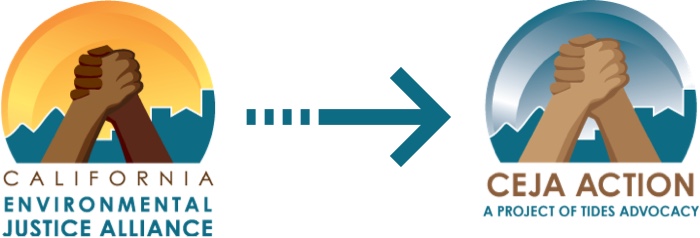NEW Green Zones Report: Rethinking Local Control
Rethinking Local Control: Placing Environmental Justice and Civil Rights at the Heart of Land-Use Decision-Making

 In Green Zone’s newest report, “Rethinking Local Control: Placing Environmental Justice and Civil Rights at the Heart of Land Use Decision-Making,” we lift up a more effective framework for advancing not only California’s environmental and climate goals, but all policies that impact public health and neighborhood well-being: “Community-led decision-making” is a meaningful process by which governmental entities proactively work with EJ community residents to directly address their needs and priorities when making decisions.
In Green Zone’s newest report, “Rethinking Local Control: Placing Environmental Justice and Civil Rights at the Heart of Land Use Decision-Making,” we lift up a more effective framework for advancing not only California’s environmental and climate goals, but all policies that impact public health and neighborhood well-being: “Community-led decision-making” is a meaningful process by which governmental entities proactively work with EJ community residents to directly address their needs and priorities when making decisions.

